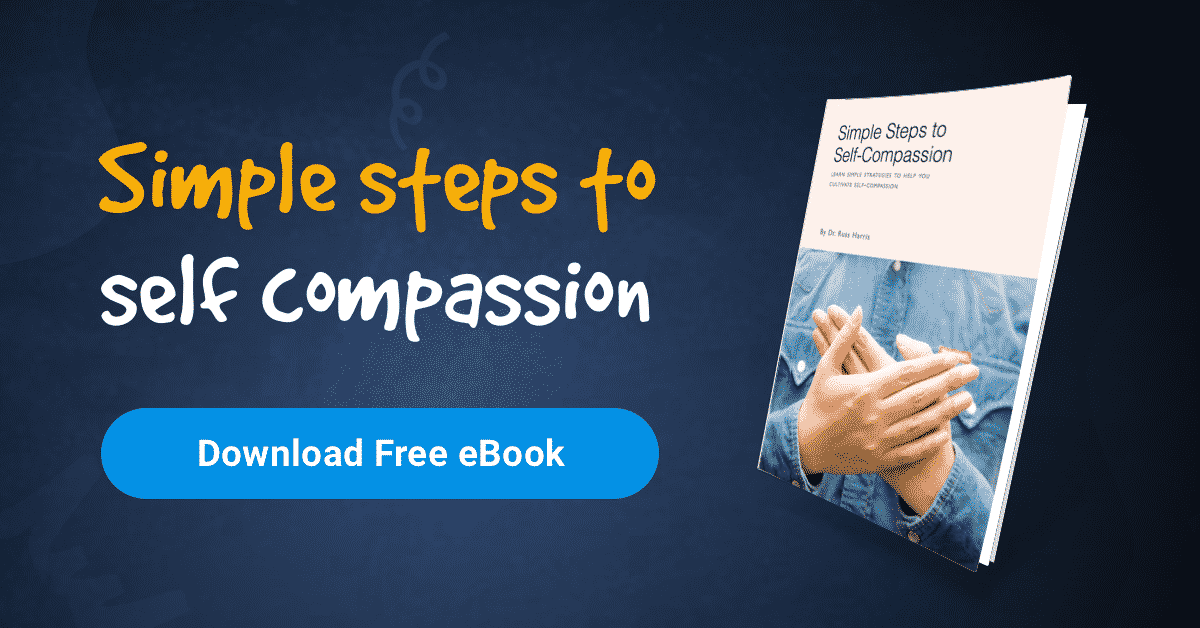“There are two cardinal sins: Looking good and being right”.
I love this quote from my mentor, Steve Hayes. In a later blog we’ll cover ‘looking good’ but for now, we’re going to focus on ‘being right’.
‘What’s the problem with being right?’ you might be wondering. Good question. And the answer is… it depends.
It depends on the situation. In many situations, being right is not a problem at all. For example, if a doctor is right in his diagnosis and treatment of your illness, that’s great! But in other situations, being right can be very destructive.
For example, consider what happens in our relationships with loved ones when we are convinced that we are right.
If I insist that, ‘I’m right’, and then by default, ‘you are wrong!’ And how does it feel to be wrong? Not good.
When we believe we are ‘in the wrong’, we may feel guilty, sorry, ashamed, anxious, regretful, dumb, stupid, inadequate, incompetent, and so on.
And how does it feel to be right? We feel powerful, strong, righteous, correct. We feel totally justified, infallible, superior. Much better than being wrong.
‘I’m right, you’re wrong’ takes many different forms. It might be, ‘Here, give it to me. You don’t know how to do it!’ or ‘See! Look what happened! I told you!’ or ‘You know you’re not very good at this. Let me handle it.’ Or ‘I’m driving!’ or ‘Wrong!’ or ‘You’ve done it again!’ or ‘No!!!’ or ‘Why do you always do that?’ or ‘Why do you never listen to me?’ or even, ‘See? I was right!’
There are at least eleven thousand, two hundred and sixty three different ways of communicating, ‘I’m right, you’re wrong’ from rolling eyeballs to frowning to tut-ting to numerous variations on the phrases above.
And if we’re honest with ourselves, we do quite like to be right. Why? Because it makes us feel strong, smart, powerful, superior, or something similar. But unfortunately, it makes the other person feel weak, dumb powerless, inferior or something equally unpleasant. And that is not good for our relationships.
So what can we do about it? We’ll cover that in part 2.




